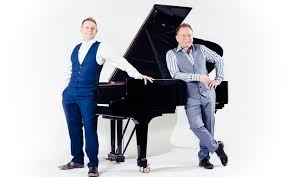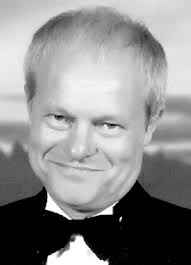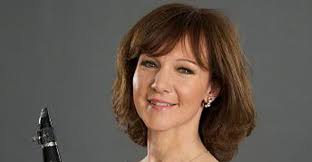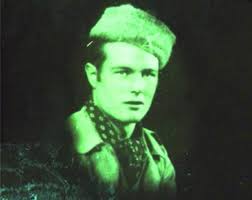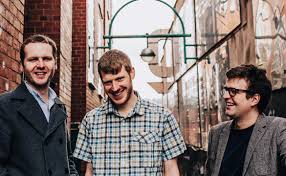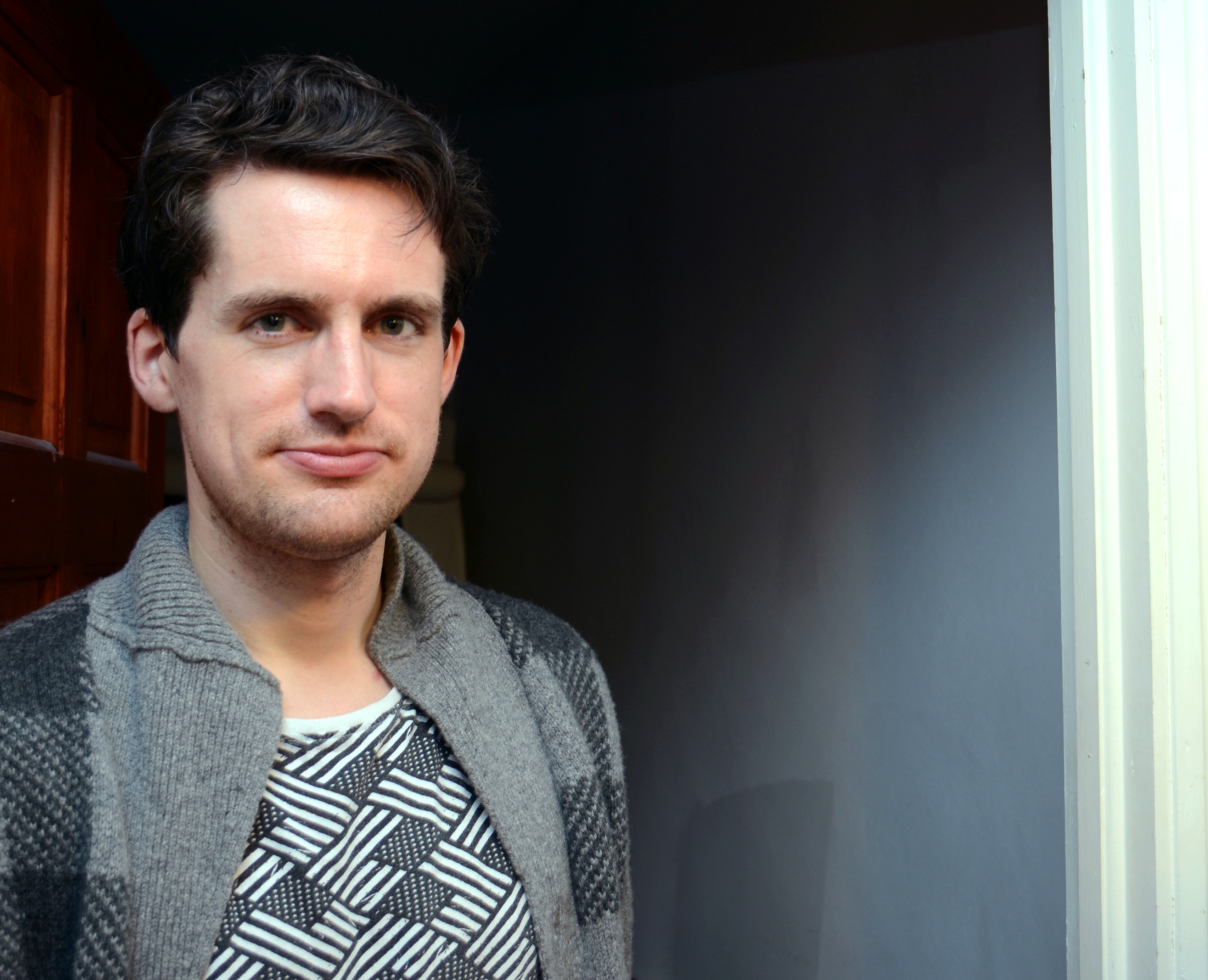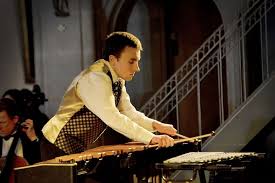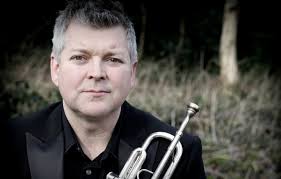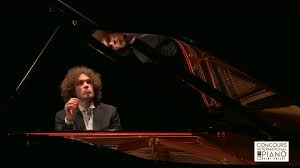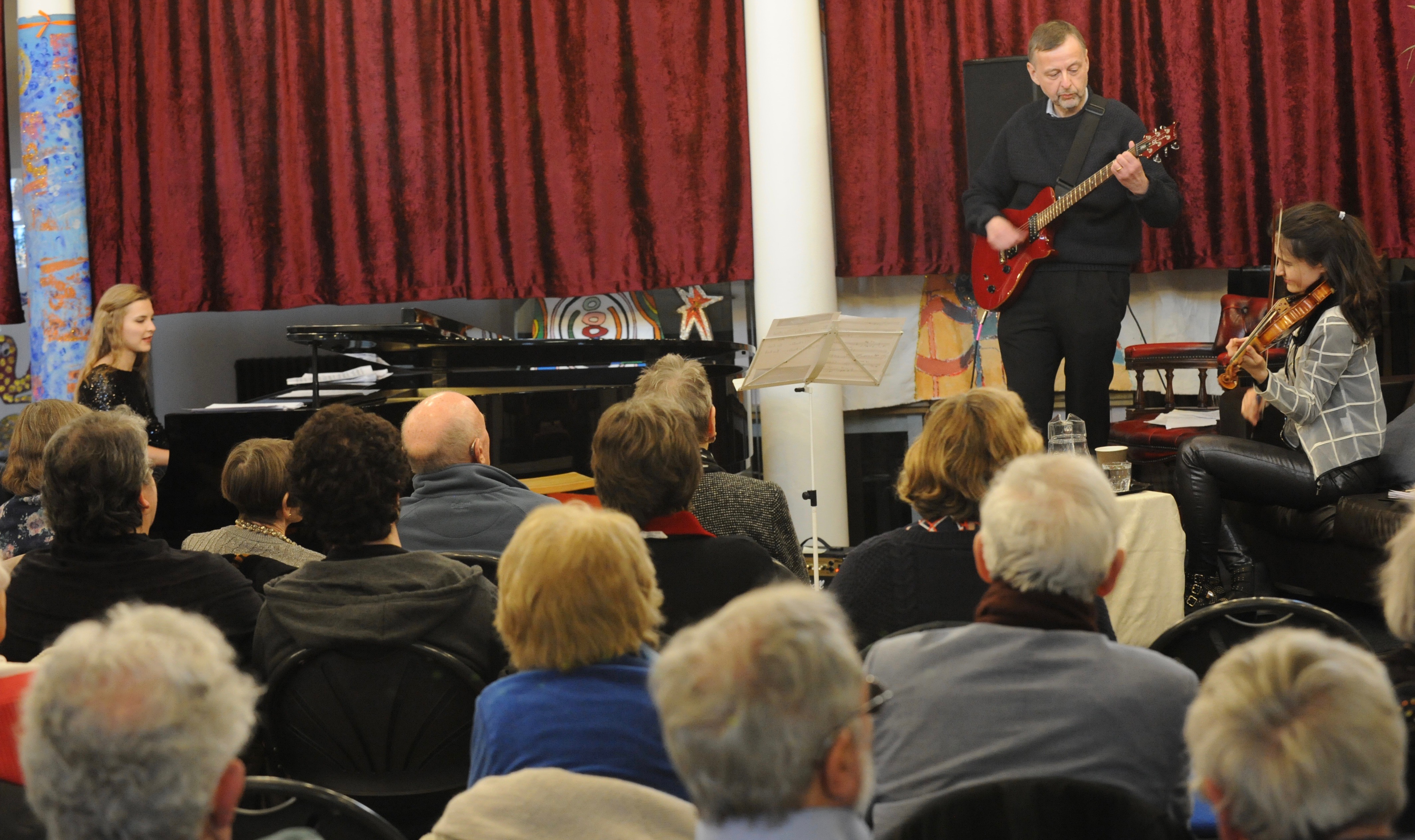 Tim Chick transmogrified from hosting interviewer to musical performer during the latest of Worthing’s International Interview Concerts. He pulled on a jersey, picked up an electric guitar and walked on stage to plug in and play with the two guest classical maestros in front of a full-house audience at St Paul’s on Easter Sunday.
Tim Chick transmogrified from hosting interviewer to musical performer during the latest of Worthing’s International Interview Concerts. He pulled on a jersey, picked up an electric guitar and walked on stage to plug in and play with the two guest classical maestros in front of a full-house audience at St Paul’s on Easter Sunday.
Together they played a short piece he devised himself with violinist Kamila Bydlowska and pianist Varvara Tarasova, improvising along with him.
Chick is taking guitar lessons and was playing in public for the first time. After his and the audience’s final questions, Bydlowska, from Poland, and Tarasova, from Russia, played a Brahms scherzo encore but then came this stunt – the last of several unnamed surprises promised to the audience in the billing.
His purpose, said Chick, was to impress that whatever the instruments used or the material made up on the spot, it is all music, free of outside-imposed categorisation.
The exuberant Bydlowska’s irrepressibly energetic personality and almost carefree versatility fuelled an extraordinary concert that filled almost every seat. Tarasova, celebrated in Sussex after she won its own International Piano Competition in 2015, played an unexpectedly full role in what was a new partnership intuitively brokered by Chick.
Entitled ‘The violin will take you’, the International Interview Concert astonished and entertained with its holiday-escape flavour of music from three continents and its disregard for conventional classical music concert formatting and seating layout.
After a Spanish serenade from de Falla, a full-blooded German romantic sonata from Schumann, a Polish nocturne and tarantella dance from Szymanovski, and a Russian love song from Rachmaninov – another surprise added to the programme on the day – Bydlowska’s penchant for tango leapt into its own.
As well as being a fully-fledged orchestral concerto soloist, and a key member the contemporary London Electronic Orchestra, and a separate classical string trio, the effervescent Bydlowska is in a working tango quartet, La Tango Terra.
Instead of the intended Fantasy on Porgy & Bess Themes by Igor Frolov, she played solo an authentic Argentine Tango piece by the legendary Piazzolla while walking around the enthralled audience. She then pulled up a bar stool to play three semi-improvised tangos with Tarasova, plus an off-the-cuff version of the evergreen Gershwin blues-jazz song, Summertime.
The audience, which included young children listening with their parents, some colouring and drawing, stumbled on a high-spot that dramatically brightened an almost perpetually dull Easter weekend.
Report by Richard Amey, co-devisor of The Interview Concerts

